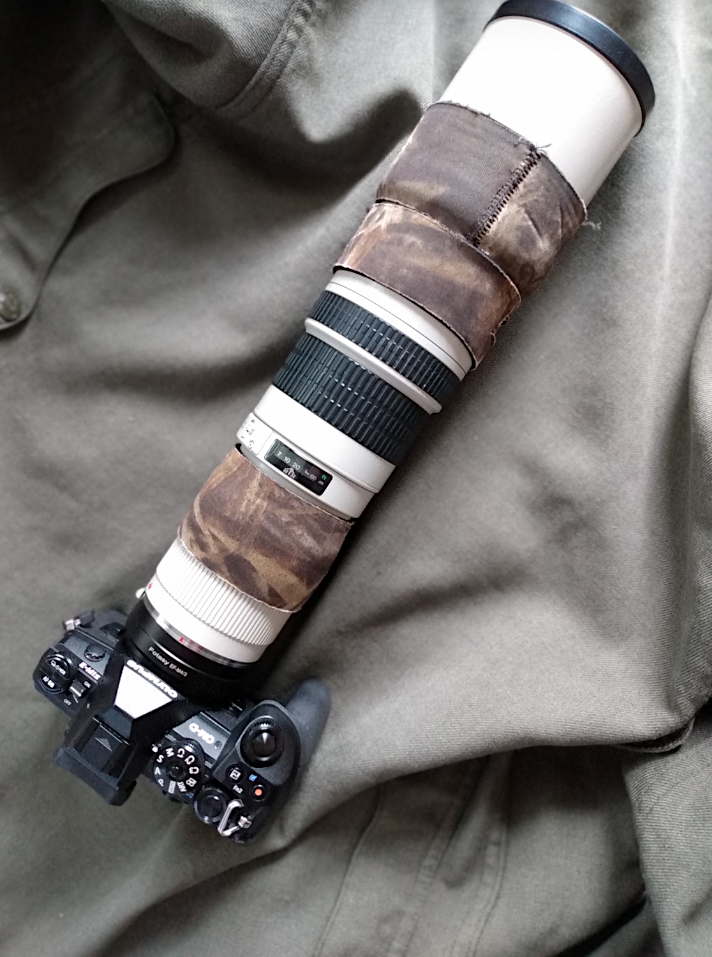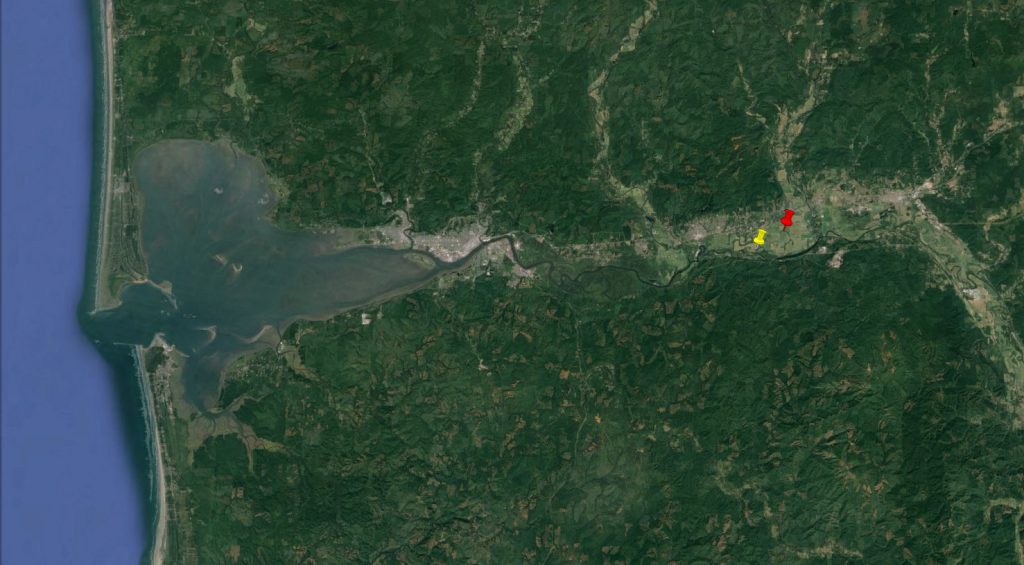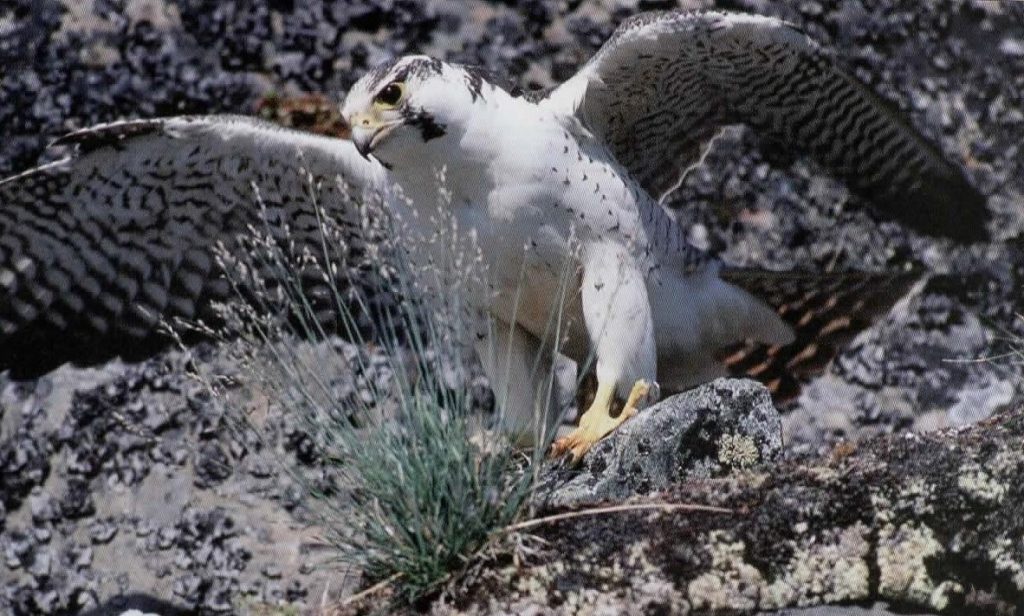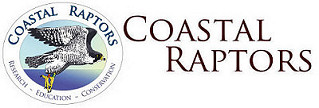People often ask me to help them identify birds, especially raptors. This past April 11 was one of those occasions. John Raymond, whom I’ve known and “talked birds” with for years, got in touch by email to ask about a Peregrine Falcon he’s seen that day.
“Perhaps the most unique looking Peregrine Falcon I have seen here,” John wrote. His comment got my attention, given his experience raptor watching.
John got his first set of binoculars and first bird guide at age 10. By 12 he had his first camera and telephoto lens. John’s honed his skills as a birder and photographer over the years at the Chehalis River floodplan where he lives on farmland that’s been in his family for more than 100 years.



Frequently, John’s birdwatching partner is Grace Thornton; April 11 was one of those times they were out on the floodplain together. Grace, shown below, spotted the falcon first. It was perching along an abandoned channel of the Chehalis River. John wrote, “We jumped out and pondered the identification. “

John continued, “It was 300 yards away, so not great shots. It was very light colored from that distance.”

Seeing John’s photo reminded me of a photo of an extremely light plumaged peregrine that I’d heard and read about (photo below).

The peregrine below shows the typical plumage of an adult Tundra Peregrine Falcon (Falco peregrinus tundrius). Tundra peregrines nest in Arctic and Subarctic areas across North America.


Below is a side-by-side comparison of John’s April peregrine with one he photographed in the river valley on January 26, 2022. John’s January peregrine has plumage more typical of what he (and I) see.


Both the plumage of John’s April peregrine and the one from Rankin Inlet show leucism. The Rankin falcon shows this characteristic much more strongly. Leucism is a relatively common genetic condition in birds and other animals caused by partial loss of pigmentation, resulting in lighter coloration. It’s not albinism, which is a total loss of pigmentation in skin, fur or feathers.
Of the nearly 250 Peregrine Falcons banded by Coastal Raptors on the coastal beaches, we have banded two leucistic peregrines, one in 2011 and another in 2022 (see my ‘Gray Ghost’ blog for a story on 2022 bird by clicking here).
I close this post with two additional John Raymond photos from the Chehalis River floodplain that you’re bound to enjoy!


Note: If you would like to see more of my Blog posts on Peregrine Falcons, click on Pacific Coast Peregrines below.
